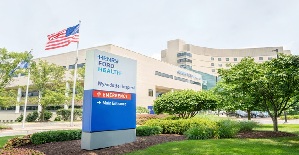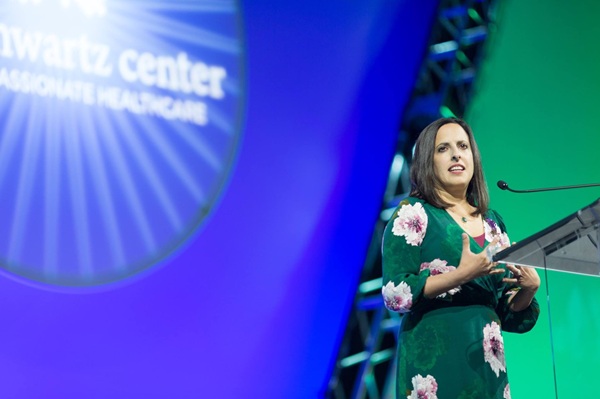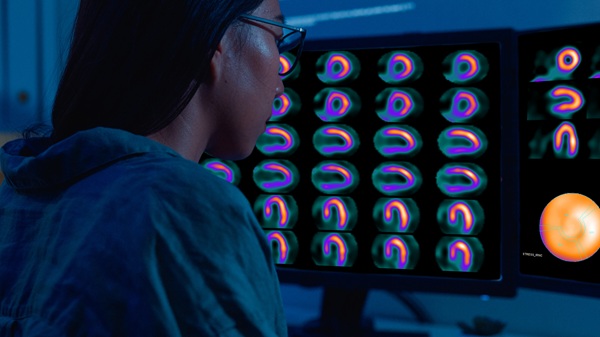New Technique Offers Hope for Patients with Heart Valve Disease
DETROIT – For the first time in the U.S., doctors at Henry Ford Hospital have used an artificial heart valve designed for aortic valve replacement to repair a mitral valve that was narrowed with calcium buildup. And they did it all through a catheter.
Approximately 5 million people in the U.S. are diagnosed with heart valve disease each year. With an aging population that is often too frail for open-heart surgery, more than 20,000 Americans die of the disease each year, according to the American Heart Association.
William O’Neill, M.D., medical director of the Center for Structural Heart Disease at Henry Ford Hospital, estimates that this new technique could help thousands of patients a year in the U.S.
“The success of this innovative procedure, developed by my team member Dr. Mayra Guerrero, brings new options to physicians for mitral valve repair,” says Dr. O’Neill.
An FDA-approved trial at Henry Ford Hospital is being planned.
“Not only did our team implant a different replacement valve than would normally be used in this part of the heart, but we needed to develop a new technique to do it,” adds Dr. O’Neill. “We were able to implant a different valve, as it was the only way to save the patient.”
The mitral valve connects the left upper (atrium) and lower (ventricle) chambers of the heart.
Although Henry Ford Hospital is one of only two hospitals in Michigan using a special clip in an investigational study to repair mitral valves, the calcification of Young’s valve did not allow this option.
The team of specialists modified the route that is usually used for mitral valvuloplasty, a balloon procedure to open narrowed heart valves. The procedure had been attempted on Young, with little success at opening the mitral valve sufficiently. However, the balloon allowed the team to measure the opening, to ensure that the new valve would fit before placement.
The route involves threading a catheter from the femoral (leg) vein, passing through the right ventricle, into the right atrium, and through the septum, into the left atrium. The septum is the heart wall between the two atria.
The new artificial valve is delivered through the catheter to the mitral valve.
A minimally invasive incision allowed a wire to pass through the chest to the mitral valve, providing stability during the placement of the new valve.
Young has been feeling well for the six weeks following his ground-breaking procedure.
As people live longer, disease of the heart valves is becoming more common. Surgery to repair the mitral valve is effective, but can be risky for elderly patients or those with additional medical conditions.
For more information on heart valve replacement, or an appointment, call (313) 916-1534 or visit www.henryfordhospital.com/structuralheart.
.svg?iar=0&hash=F6049510E33E4E6D8196C26CCC0A64A4)

/hfh-logo-main--white.svg?iar=0&hash=ED491CBFADFB7670FAE94559C98D7798)







